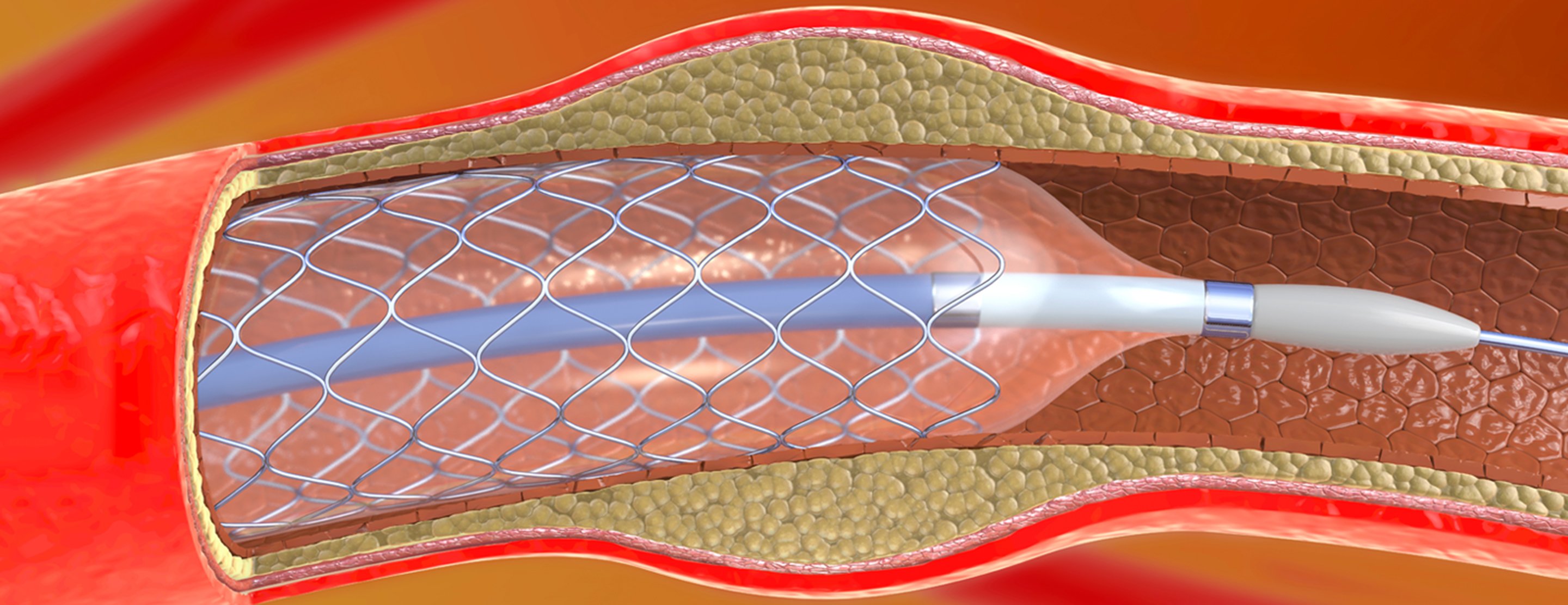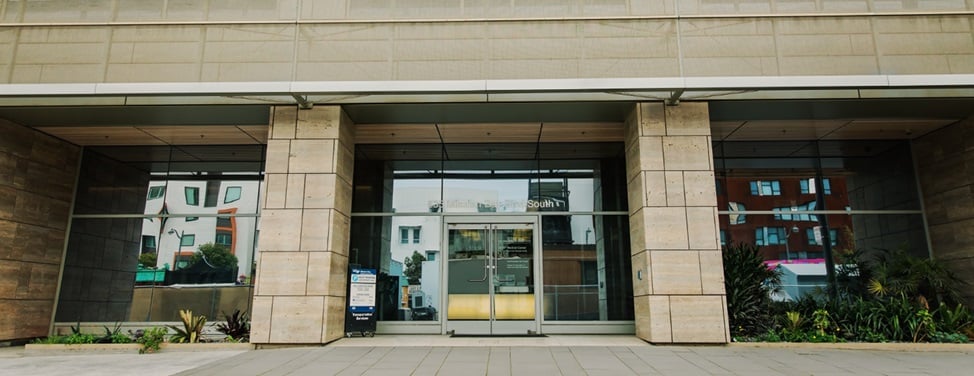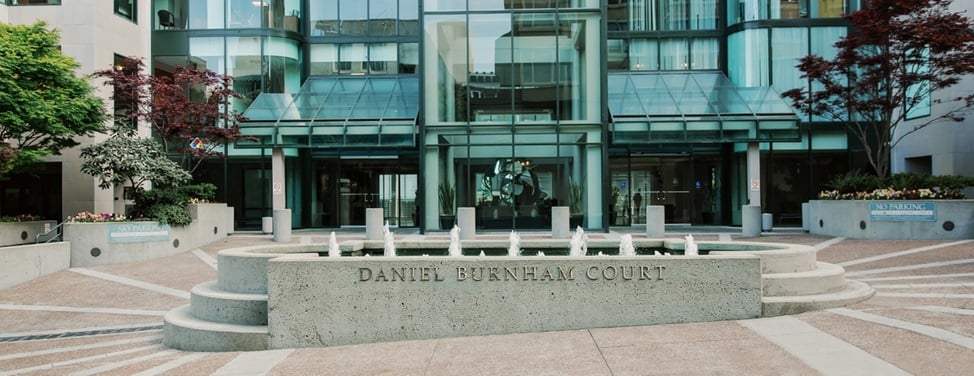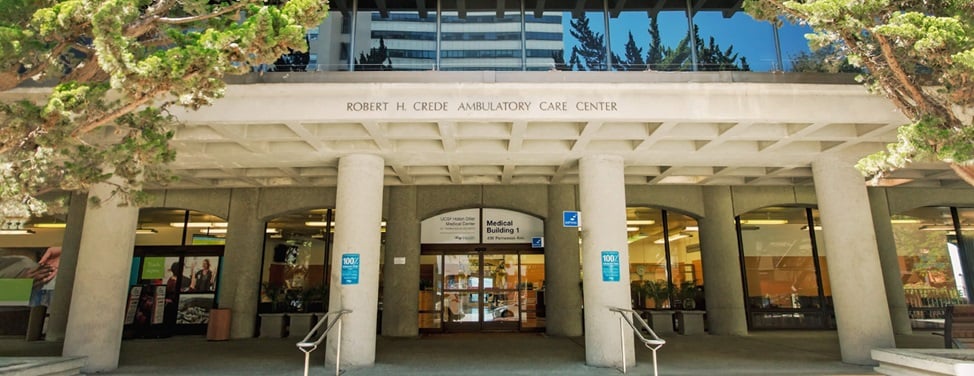What is percutaneous coronary intervention (PCI)?
Percutaneous coronary intervention (PCI) is a minimally invasive procedure used to open blocked coronary (heart) arteries that are narrowed or clogged by fatty deposits known as plaque. Different methods are used. By restoring blood flow, the treatment can improve symptoms of blocked arteries, such as chest pain or shortness of breath.
In a PCI, the doctor reaches a blocked vessel by making a small incision in the wrist or groin and then threading a catheter, a thin, flexible tube, through an artery that leads to the heart. Using X-ray images of the heart as a guide to locate the blockage or narrowed area, the doctor then uses the most appropriate PCI techniques to open the vessel.
Our approach to PCI
UCSF interventional cardiologists are highly skilled and experienced in the latest PCI techniques and devices. They're able to use PCIs to fix the most complex coronary artery blockages, even chronic total occlusions, when the coronary artery is completely blocked for three months or longer.

















